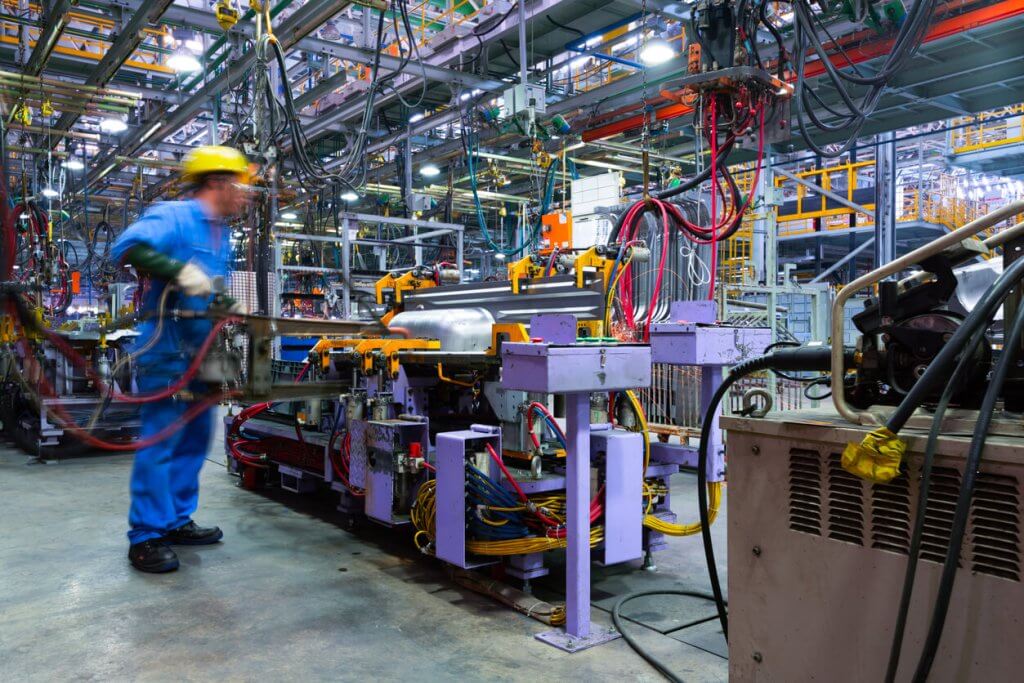Texas Takes Center Stage in Innovative Power Production
The population in Texas continues to grow rapidly, necessitating the state’s energy grid to adapt to the modern needs and technologies of its booming population. In 2021, the state population reached more than 29.5 million people, with about 88% of the growth concentrated in the state’s more metropolitan destinations.
It’s not just people coming to Texas, businesses are eager to break ground here due to the state’s tax policies and infrastructure plans set to benefit business owners. Investments and infrastructure reorganization are heavy contributors to the burgeoning energy industry. Last year, 63 companies announced plans to move their headquarters to Texas, with more business planning to do the same this year. So, what does this mean for the populous state’s power grid?
Texas Welcomes Two New Power Plants
Governor Greg Abbott recently announced Texas’ expansion to investing in affordable and reliable power. The announcement came during a groundbreaking ceremony in Maxwell, just south of Austin, introducing the two new Lower Colorado River Authority (LCRA) peaker power plants. These locations alone will add hundreds of megawatts to Texas’ electric grid.
A peaker power plant generally only runs when there is a high power use demand. Although “peaked” plants suggest higher output of emissions, the Texas energy industry is tapping into its ample wind power turbines to lower emissions, which we’ll discuss in more detail below.
Texas Taps Wind Power to Combat Emissions
Texas’ sprawling landscape is host to the most windmill power sources than any other state per mile, leading the U.S. in wind energy over the past 17 years. In 2024, Texas wind generated 42,000 megawatts (MW) with 22,000 MW of solar farms and 6,500 MW of utility-scale battery capacity in place. Texas-strong wind farms include state-of-the-art turbines working to solve one of our world’s most pressing challenges: finding alternatives to better power modern life.
In addition to wind power, Texas’s innovative engineers and experts are seeking other means of power sourcing. These efforts introduce a heap of benefits to the energy industry, not to mention the socio-economic impact on Texans looking for work or career upgrades. The numbers speak for themselves:
- More than 27,381 wind/electric power jobs generated in 2023
- The average wage for these roles is $109,826
- Wind/electric power grossed over 3.3 billion in 2021
Texas Puts its Money Where its People Are
Texas’ dedication to energy alternatives goes beyond theory or goals— access to cleaner, cheaper, more efficient energy is literally being offered to Texans right now without relying on the pockets of the American people.
As a result of the Inflation Reduction Act, tax credits are being offered to states who show a proactive response to investing in alternative energy sources, and Texas was quick to react, which means the people of Texas who take advantage of these alternatives also receive tax credits.
Last year, Jack Conness, a policy analyst for Energy Innovation revealed that “no one is producing more renewable energy than Texas. Strip politics aside: Texas is an energy hub, and it’s not just oil and natural gas.” Whether wind or solar power (two sources amply available in the great state) Texas continues to lead the charge toward a better future.




